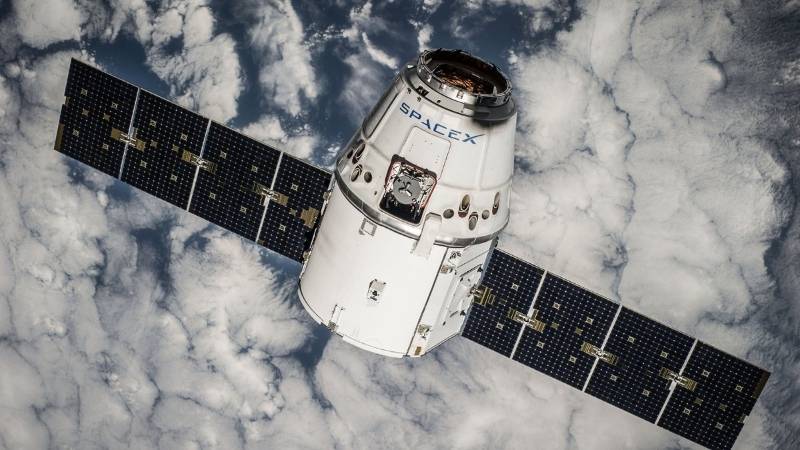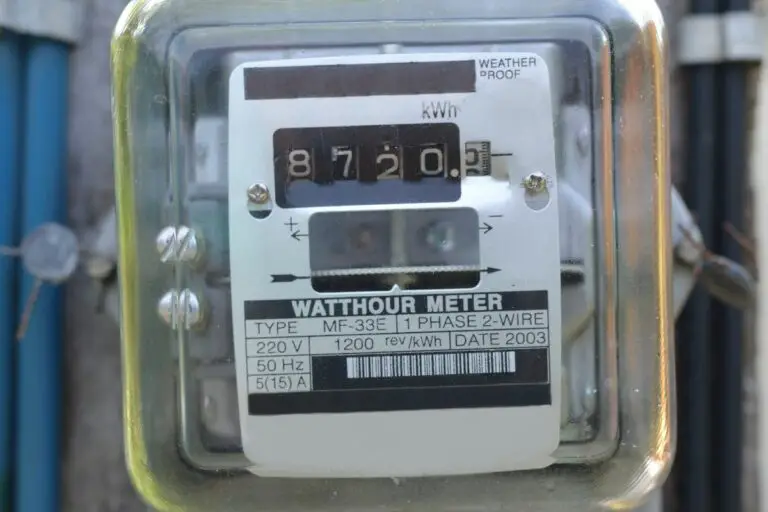3 Main Differences Between a Rocket and a Spaceship
We tend to use different words when talking about space vehicles, but we not always really understand the differences between them. In this article, I’ll explain the main differences between a rocket and a spaceship, they are absolutely not the same thing.
To simplify, rocket and spaceship are two different stages. The rocket is cheaper but more powerful, as its goal is to break out of Earth’s gravitational orbit. The spaceship will continue to travel through space, where less power is needed.
This is a short answer to introduce the topic, you’ll find all the details in the following of this article.
Purpose
For a space mission to be successful, both a rocket and spaceship will be involved. However, they will have different purposes on the mission.
When looking at a spaceship, you’d be forgiven for thinking that it is one solid object. But it can be broken down into two components. The rocket and the spaceship.
Let’s start by talking about what the rocket does. It’s responsible for providing enough thrust to launch the spaceship. When you see a launch on TV, the rocket is the section that is making the fire and smoke.

There are a few important parts of the rocket:
- Fuel load. The rocket will need a lot of fuel to have a successful launch. As the rocket launches, the fuel will be pushed out at high speeds. Unlike other types of engines, they don’t require oxygen to work, as there is no oxygen in space.
- Fins. These are at the bottom of the rocket. They are there to provide stability, so it stays on course.
- Pumps. These move the fuel throughout the rocket.
- Guidance system. These help the rocket navigate, it also allows mission control to keep track of its progress. Electronic systems also give an idea of any technical problems, so they can be fixed before the launch.
When the rocket gets the spaceship into space, its job is done. It will detach itself and the spaceship will take over. Some types of rockets won’t be recoverable. However, more modern ones are reusable. They will release the payload; then land safely back on Earth. After a bit of tweaking and re-fuelling, they’re ready to launch again.
At the front of the rocket will be the payload, also known as the spaceship. This is the thing that you want to launch into space. This could be supplies heading to the space station. Or it could be a space shuttle containing the astronauts.
I highly recommend watching a launch to really understand how these parts are used together:
It should be noted that, while this is the type of rocket that I will be focusing on, it isn’t the only type of rocket that is available. For example, the military also uses rockets to carry weapons, like bombs. It can also be attached to fireworks, so they fly into the air before they explode.
This will often be more technologically advanced than the rocket. It will need to support the astronauts. Even if it is just transporting cargo, it will need advanced guidance systems, to help it dock with the space station. Because of this, the inside of rocket ships is filled with wires, sticking out of the walls.
There are a few important elements that make up a spaceship, including:
- Thrusters. These will be placed around the base of the spaceship and will be used to steer the vehicle. They won’t be as powerful as rocket thruster’s but they don’t have to be. There is less friction in space, so it doesn’t take as much force to start an object moving.
- Guidance systems. The spaceship will need to land or dock. Most commonly, it will be landing on the International Space Station. This is often a precise procedure, so they need to make sure that they get it exactly right.
- Communication systems. This allows the astronauts to communicate with systems on Earth. NASA often closely monitors these missions.
- Fuel. It will need to have enough to get it to the dock or planet. Then, it will need to have enough to re-enter Earth’s atmosphere.
Like rockets, spaceships will need to be reusable. After all, you’ll need to get astronauts back to the ground safely. Because of this, it will need to be strong enough to survive the forces of re-entry. This will be more important on the spaceship than a rocket. If a rocket fails on re-entry, it’s a financial problem. If a spaceship fails on re-entry, it could be a fatal error.
There are a few things that a spaceship has to help it survive getting back into Earth’s atmosphere. Currently, this process will occur in stages, these are:
- Aeroshell. This can be thought of as a shield. It’s what the rocket uses to absorb the heat that comes from entering back into the atmosphere. It protects the cargo or astronauts from this heat.
- Parachutes. Once the aeroshell has slowed down the rocket, the parachutes will be released. This slows the descent to make it more manageable.
You should also read: The 6 Differences Between Space And Universe (With table)
Cost
Sending anything to space will be expensive. But rockets and spaceships will have different costs associated with them. First, a rocket will usually be cheaper. All it needs to do is provide enough energy to launch the spaceship into orbit.
These costs are fluctuating as new technology comes onto the market. I’ll be looking at the Falcon, from SpaceX. These have made headlines for being reusable. According to the company’s leader, Elon Musk, each rocket should be able to be used over 100 times.
We know that the rockets cost around $60 million to build, fuel, and launch. However, they can also be re-used, to help lower these costs. Between flights, they will need to be repaired. It’s believed this costs around half a million.
While SpaceX is developing a spaceship, it is still in the testing phase. Because of this, we don’t know how much it will cost. However, we can look at the space shuttle, which was developed by NASA. This cost a little under $49 billion, adjusted for inflation, to build. This includes reusable rockets. When you extract this cost, it is around $40 billion. It took 11 years to turn research and turn it into reality.
Speed
We can also look at how fast each of these components is capable of traveling. Let’s start by looking at how quickly a rocket can move.
The rocket will need to have more power than a spaceship, as it needs to break out of Earth’s gravitational orbit. The higher the rocket gets, the less energy it needs, as Earth’s gravitational field will become less intense.
How fast the rocket will need to travel will depend on how high it needs to travel. These are some general guidelines:
- Entering orbit. Sometimes, a rocket isn’t designed to get into space, it just needs to go high enough to get into orbit and release its payload. This is common when releasing a satellite. To do this, the rocket will need to be traveling at 17,600 miles an hour.
- Getting into space. If you are planning on doing this, you will need to travel at a higher speed. Often, this means moving at 25,000 miles an hour.
Once in space, the speed at which the spaceship will travel depends on the mission. If it is going to the International Space Station, it will need to be going slower. This will allow the astronauts to dock the ship safely. Too fast and the force risks pushing it out of orbit.

However, not all spaceships are designed to go slow. A good example of this is a probe. These aren’t designed to dock, or return to Earth, but are sent out to explore the universe. Because of this, they are a few unique properties:
- Lightweight. They just need to have tools to gather data, like cameras, and a way of reporting information back to Earth.
- Kevlar blankets. These are designed to protect the satellites from small dust particles, which bump into the probes and can cause damage.
- Small size. Many of these probes tend to be relatively small when compared to a space shuttle.
Without air resistance or gravity to slow them down, probes can travel quickly in space. NASA has developed the Parker Solar Probe. It will use the gravity of the sun to propel it on its journey. It will be able to reach speeds of 430,000 mph. This will make it the fastest man-made object in history.






